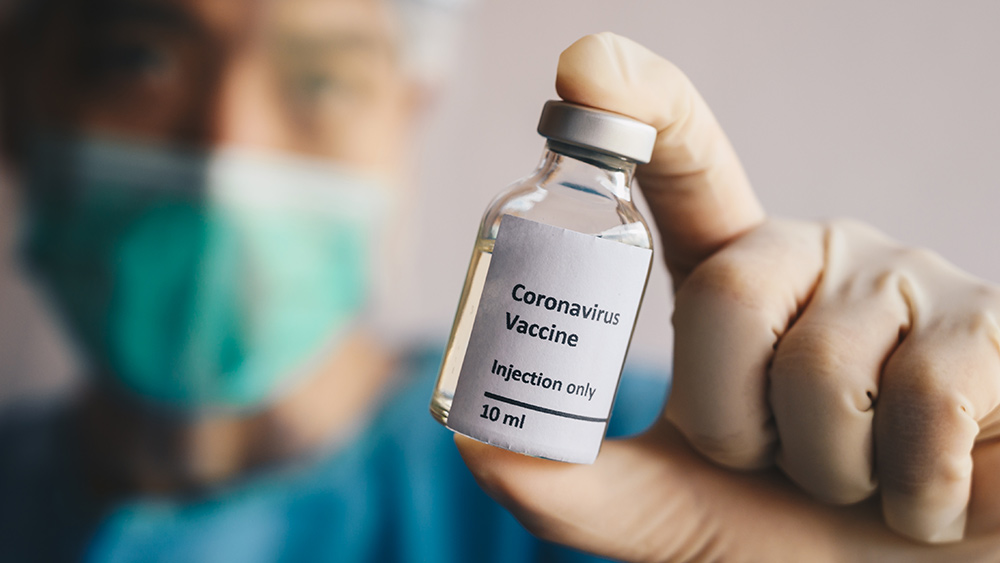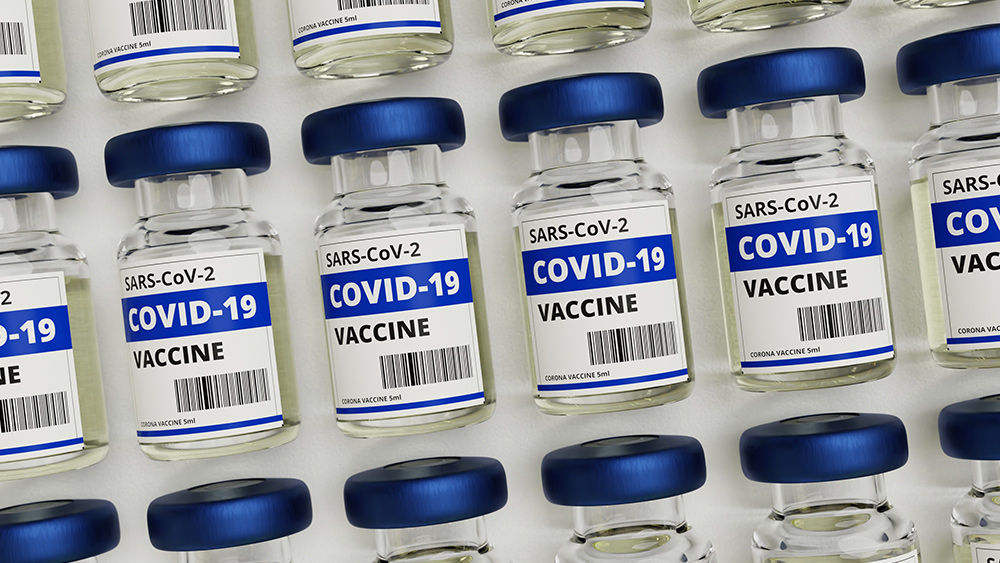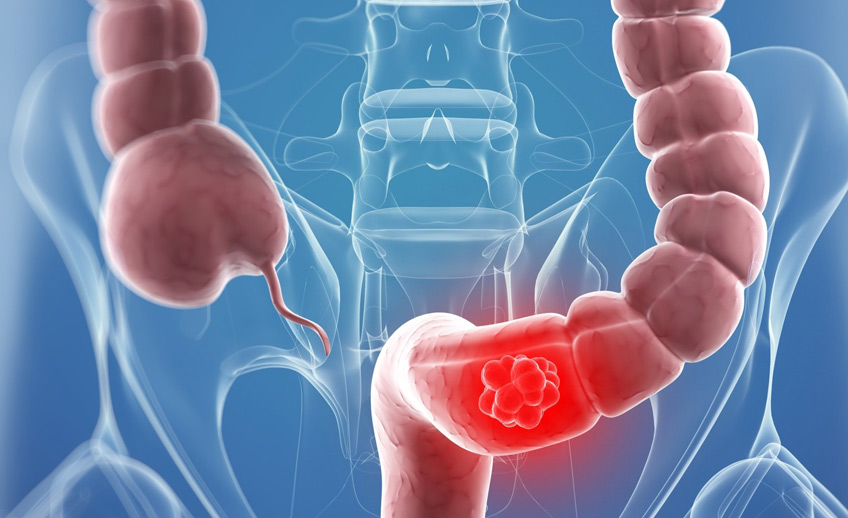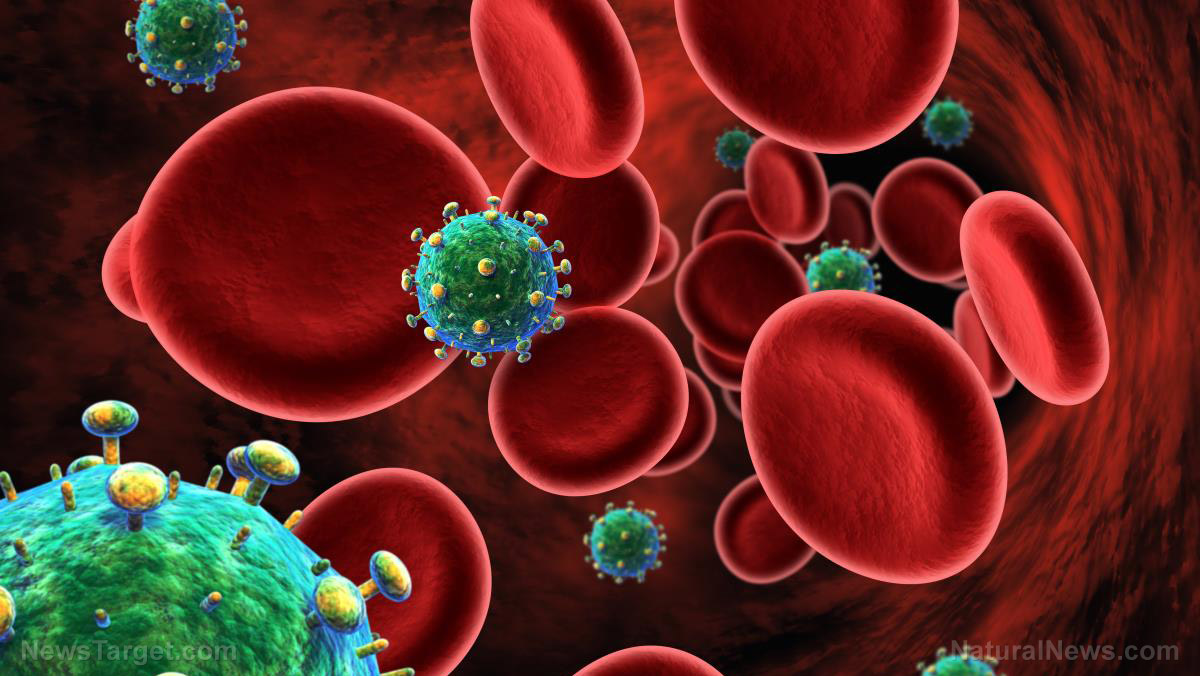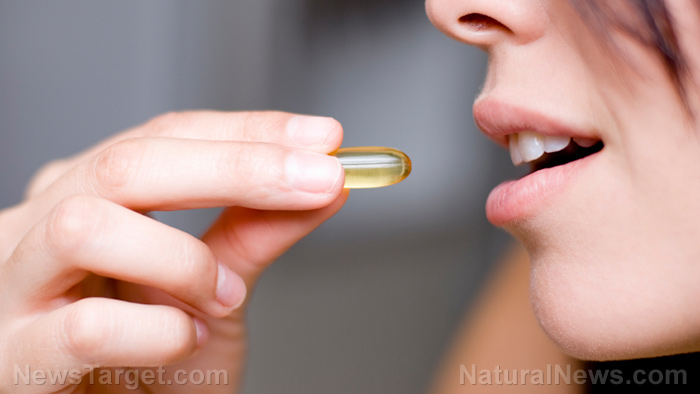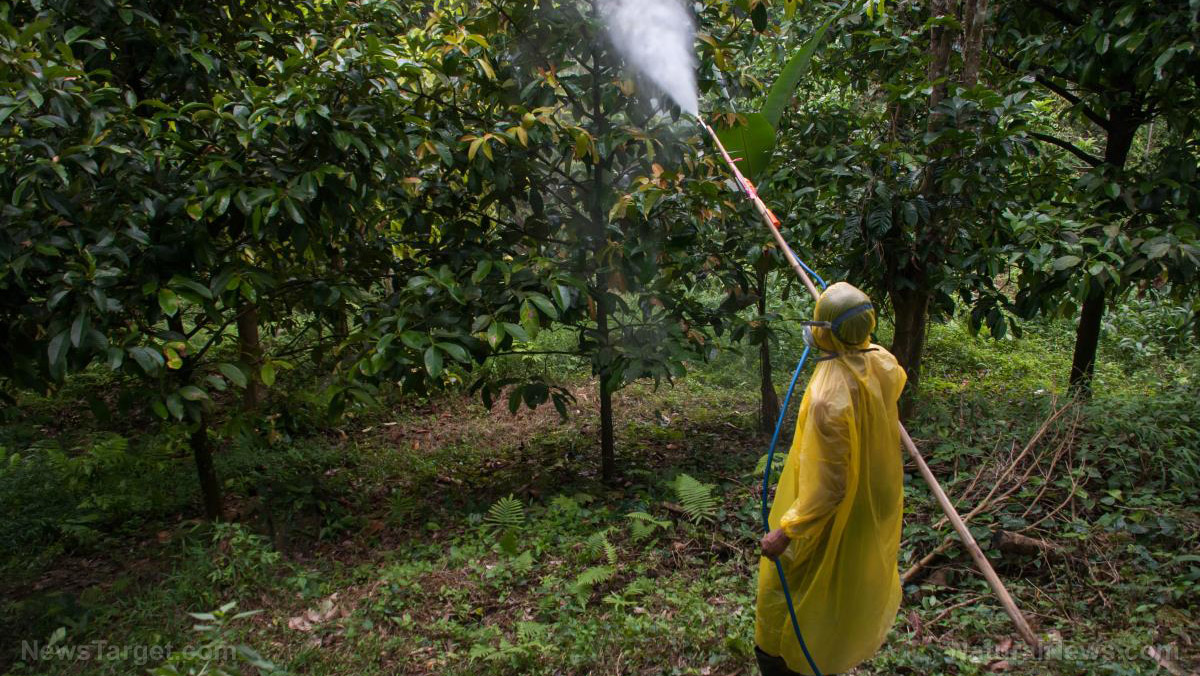Did you know you breathe in highly toxic jet engine air every time you travel?
05/16/2018 / By Edsel Cook
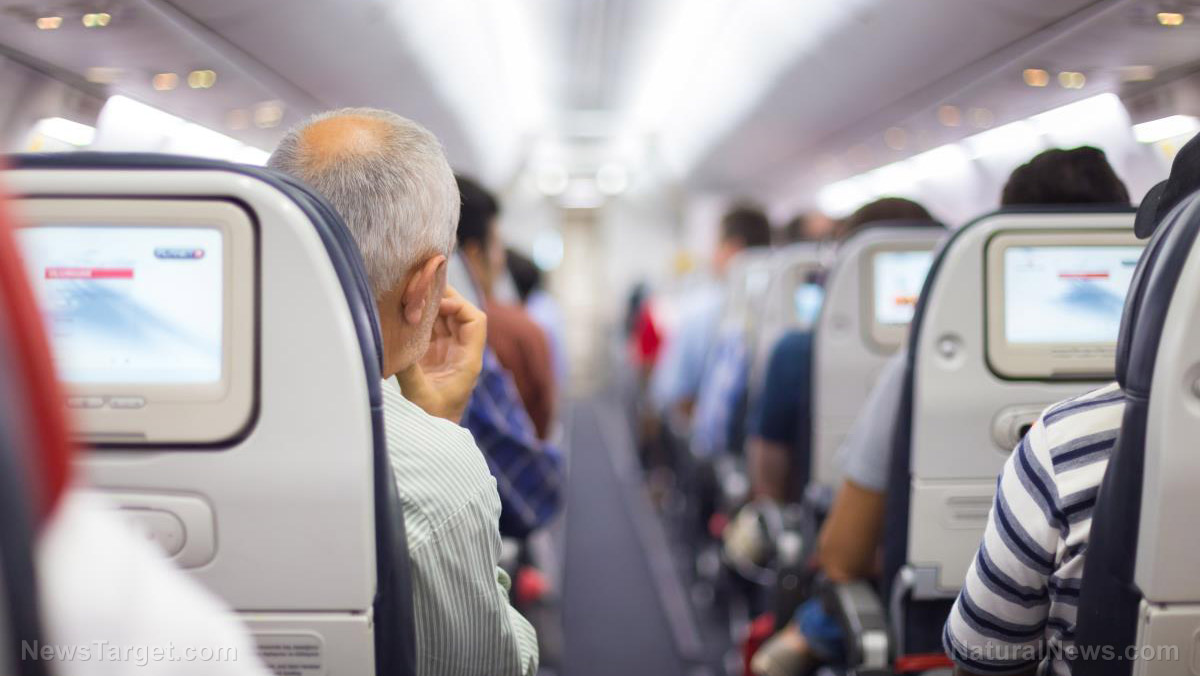
During flights, every breath you take inside an airliner’s passenger cabin fills your lungs with air taken directly from the plane’s jet engines. An article in Green Med Info stated that this exposes you to tricresyl phosphates (TCPs) and other deadly chemicals used to ensure the smooth operation of the engines.
This is not a design flaw, by the way. This is a deliberate design that has been used for the past six decades.
As aircraft began to fly higher and higher, engineers needed to find a way to pressurize fuselages at high altitudes. Otherwise, passengers and crew would suffer potentially dangerous conditions such as altitude sickness. (Related: Poison in the sky: The air travel industry has been putting profit over safety by ignoring aerotoxicity.)
They decided the easiest way to do so was to redirect bleed air from the compressor stage of the aircraft’s engines into the fuselage. This diverted compressed air is cooled down and supposedly scrubbed by the plane’s environmental systems before being pumped into the fuselage.
Today, almost every aircraft in service uses this dubious method to pressurize cockpits and cabins.
The airliner equivalent of pumping car exhaust into your vehicle
The problem with this neat engineering solution is that jet engines are very dirty machinery. They burn volatile fossil fuels and their numerous moving parts require a host of chemical lubricants that prevent potentially dangerous breakdowns.
These lubricants include TCPs, which are also used as adhesives, active ingredients in pesticides, and plasticizers. Organophosphates like TCPs are also known to be neurotoxins, which target the brain and nerves.

The fumes from these and other toxic chemicals make their way inside the fuselage through the bleed air taken from the engines to pressurize the plane. The end result is that hundreds of thousands of people have been breathing deadly chemicals every day for the past 60 years, a problem referred to as aerotoxicity.
People exposed to these fumes for a short while have reported experiencing symptoms such as nausea, headaches, minor respiratory problems, and irritation of sensitive parts. Longer exposure is reported to disrupt brain, heart, and respiratory functions in various ways such memory problems, chest pain, breathing problems, and palpitations.
Airline industry is finally beginning to fix aerotoxicity concerns
There is a silver lining in the TCP-tainted clouds filling passenger cabins. The airline industry has finally decided to stop ignoring or denying the growing concerns about aerotoxicity. Instead, it has begun taking baby steps toward fixing the problem.
The Boeing 787 Dreamliner was introduced in 2009 and came with too many features to count. But the most important one is that its cabin air comes from outside the plane instead of bleed air from the engines.
Boeing’s rival Airbus took a few years to respond to this revolutionary idea of non-toxic cabin air. But the European aircraft designer finally made an announcement in 2016 that its A320 Neo line will have an option for “bleed-free” air filtration systems.
In July 2017, Connecticut senator Richard Blumenthal presented The Cabin Safety Act. Intended to protect passengers, pilots, and flight attendants from aerotoxicity, the bill has not yet passed as of the time of this article. But it seems to be a sign that at least some legislators have grown aware of the problem.
Most tellingly, Australian airline EasyJet made it known during September 2017 that its airliners were being upgraded with air filters to keep toxic fumes out of cockpits and passenger cabins. Australian broadsheet The Australian stated that this fleet-wide retrofit was the first time a member of the airline industry tacitly acknowledged the aerotoxic syndrome.
Stay alerted about aerotoxicity and other unlikely sources of pollution at Pollution.news.
Sources include:
AnstagesLicht.de [PDF]
Submit a correction >>
Tagged Under:
Aerotoxic Syndrome, aerotoxicity, air travel, airline industry, airliners, airlines, altitude sickness, bleed air, Boeing, cabin air, neurotoxins, organophosphates, The Cabin Safety Act, toxic air, toxic chemicals, toxic fumes, toxins, tricresyl phosphates
This article may contain statements that reflect the opinion of the author

